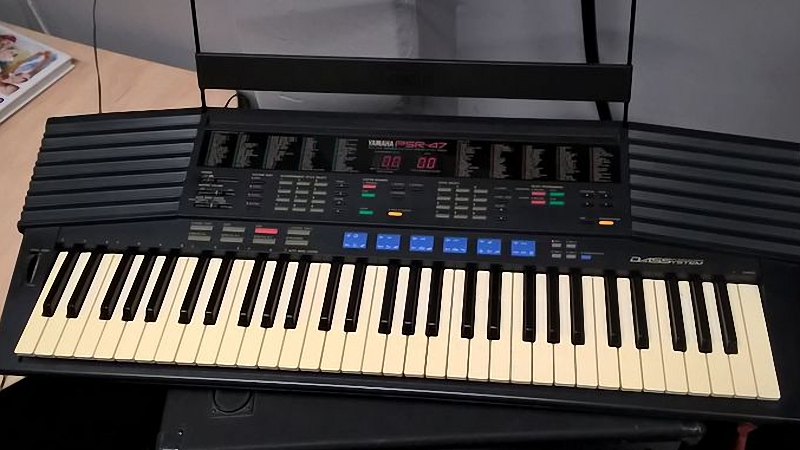

- #Guitar pro 7 use midi keyboard install#
- #Guitar pro 7 use midi keyboard serial#
- #Guitar pro 7 use midi keyboard free#
- #Guitar pro 7 use midi keyboard crack#
There are four that are shorter than the others that screw into the back of the keybed - keep track of these and where they go. Remove all the screws on the back of the controller's case. In this step we'll open up the keytar and splice into some convenient power wires and solder wires onto the back of the MIDI port. The plan is to build a MIDI IN circuit as described in the MIDI specification, wire an XBee up to its output, stick it inside the keytar, and run wires from the back of the keytar's MIDI OUT port to the input of our MIDI IN circuit. The whole exchange should look something like the image.

Now send the following commands (all programming commands are followed by ): Programming mode ends after a period of inactivity - you can send '+++' to get back into it. Type 'AT' followed by and receive 'OK' to confirm you are in programming mode. If not, try the other standard baud rates (2400, 38400, 57600, etc.) - the XBee uses 9600 by default but may have been reconfigured to another baud rate. Type '+++' (without the quotes) quickly and you should get 'OK' as a response. Start your terminal program and open this port at 9600 baud, with 8 data bits, no parity, and 1 stop bit (9600 8N1 for crotchety BBS geeks).
#Guitar pro 7 use midi keyboard serial#
You'll need to figure out which COM port the FTDI cable is using - on Windows this can be accomplished by opening Device Manager and looking in the 'Ports' section for something like a 'USB Serial Device'.
#Guitar pro 7 use midi keyboard install#
Drivers should automatically download and install (on Windows at least). Connect one of the XBees to a USB port on your computer using the FTDI cable. To do this, you will connect to them using the FTDI cable and a serial terminal program (such as RealTerm on Windows) and send some commands. The XBees have to be configured to communicate at 31,250 baud, the standard MIDI communication rate.
#Guitar pro 7 use midi keyboard free#
#Guitar pro 7 use midi keyboard crack#
I decided to crack open the controller and stick an XBee inside, and put the other into a quick and dirty USB MIDI interface made out of a hacked cheap USB MIDI cable and give myself a wireless MIDI keytar controller to rock out on. I have a couple XBees from when I followed Lady Ada's very good MidiBee tutorial back when I started all this soldering nonsense in earnest. It communicates wirelessly with a Wii, but that's only as a game controller. I like the feel of the keybed, and it's got octave and program change buttons, and the touch slider does pitch bend and modulation (pro tip: cover the entire width of the slider when you touch it). For some reason, it puts out regular MIDI in addition to being a game controller - just connect a cord from the 5-pin DIN plug to your favorite sound module, synth, or computer and rock out. I've had a Rock Band keytar controller on the shelf in my dungeon for a while that I found for a few bucks at a furniture outlet of all places.


 0 kommentar(er)
0 kommentar(er)
